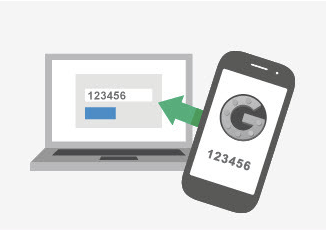Oddly, Microsoft and Dropbox Just Made It Easier to Use My Chromebook
My team primarily uses Dropbox for our file storage and sharing. It was a back-and-forth battle for a while between Google Drive (since we use Google Apps for email, calendars etc) and Dropbox, and we still do use Drive for some project management. Even a few of our clients prefer it as they are already using Drive and Google Apps themselves.
However, our official party line is on the Dropbox side now because of its integration with other apps that we also rely on to get things done like Podio, Slack, and Freshbooks.
The biggest downside of going with Dropbox over Drive for me (#firstworldproblem) has been when I’m traveling or doing some quick catch up work at home outside of the office. That’s because I typically take my Chromebook (currently a Toshiba Chromebook 2 but that new Pixel is wearing on my will power) during those times. Editing a Word document or Excel sheet from a client or team member is definitely not as smooth on a Chromebook as working on a shared Google Doc or Sheet. So, I would resort to downloading the document from Dropbox and opening it as a Google Doc then redownloading when I was finished and reuploading it to the appropriate Dropbox folder. I also kept a zombie copy of many working docs in my Google Drive just so I could access them on the road, but they weren’t always up-to-date and current. It was a subtle pain that always annoyed me.
Until this announcement this week. I’ve tried it a few times now and it’s seamless and works great.
Thanks, Dropbox and Microsoft, you solved my workflow issue! Looks like I’ll be using Office Online a great deal more in the coming months…
What does that mean for you? For starters, you don’t need the desktop versions of Microsoft Office — or even your own computer — to update any Office files stored in your Dropbox. Just click the ‘Open’ button when you’re previewing a Dropbox file on the web, and you can edit the file right from your browser via Office Online. Any changes will automatically be saved back to your Dropbox.
You’ll also be able to access your Dropbox directly from Office Online, so you can open any of your Dropbox files — and save new files to Dropbox — without leaving Office Online.
via Dropbox launches integration with Microsoft Office Online | Dropbox Blog.


